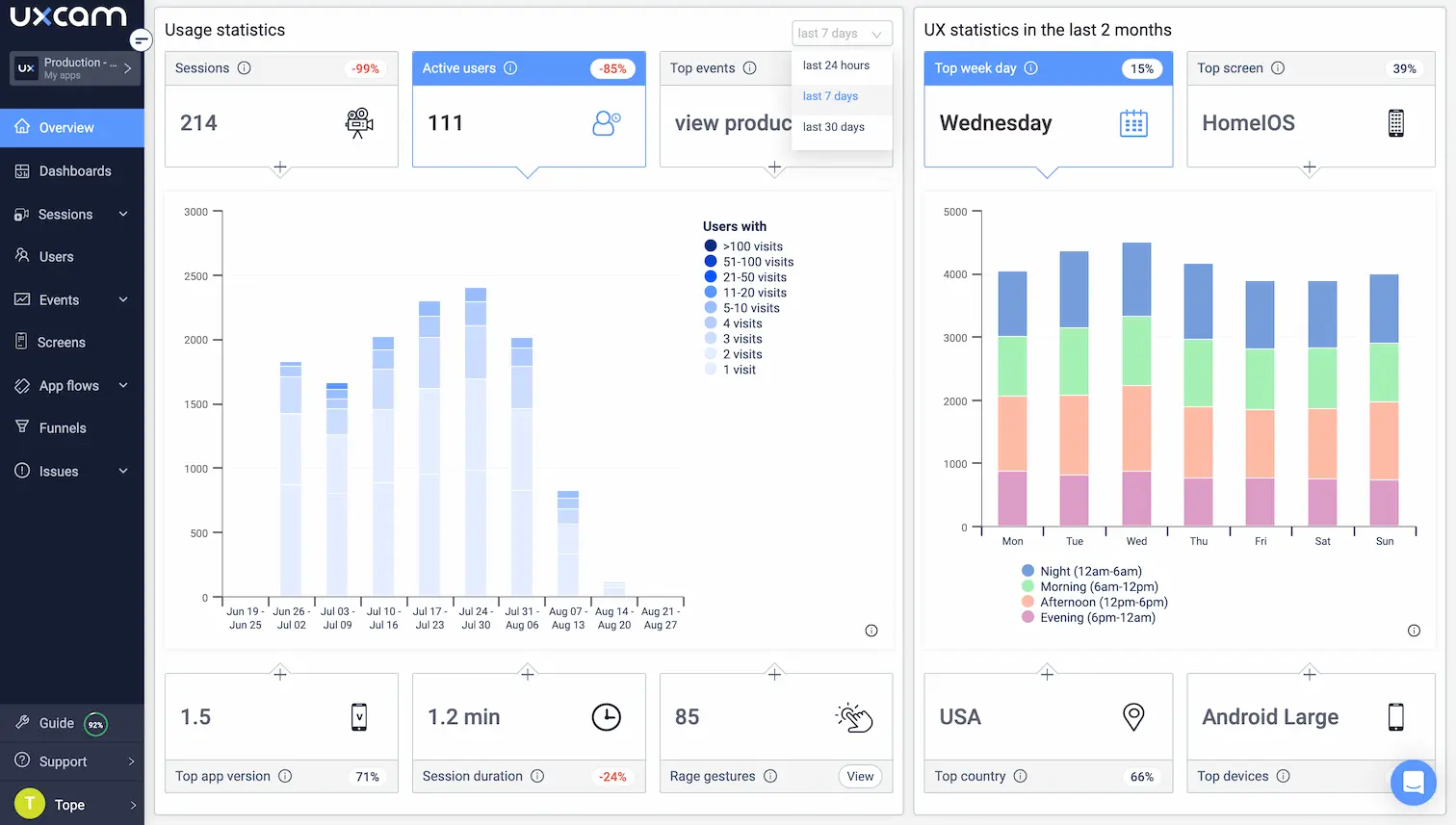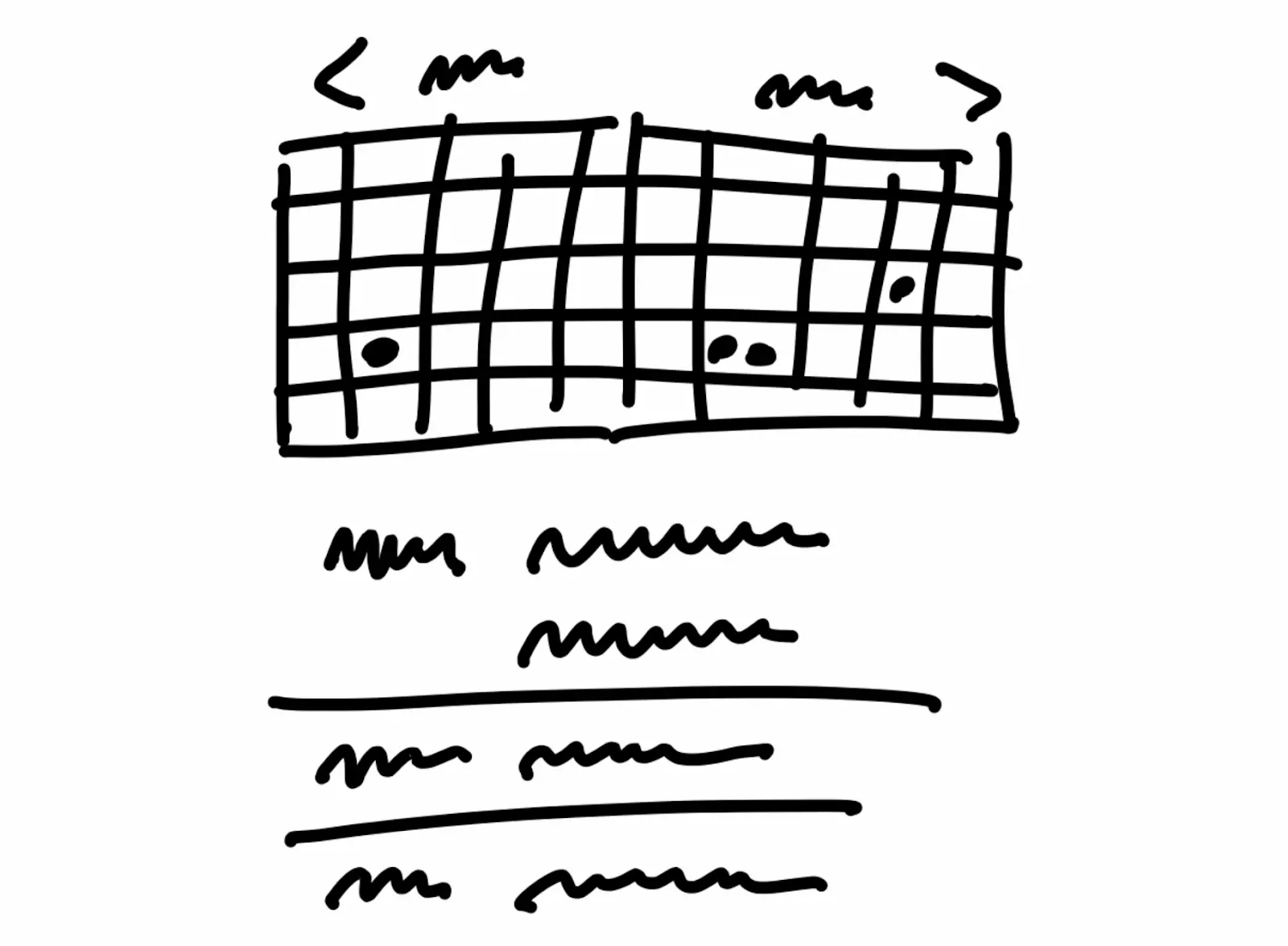Back to blog
5 MIN READ
Shape Up Methodology - Everything You Need To Know
PUBLISHED
22 August, 2023

Product Analytics Expert
Product development can feel like a circus without a clear methodology. But an overly restrictive methodology can be just as problematic… right?
Maybe not.
The core premise of the Shape Up Methodology (developed at Basecamp) is that you should begin with a problem and then shape it with extremely rigid time constraints to force innovation and keep development on schedule. And for the company that created it, it has been undeniably successful.
In this guide, we’ll introduce you to this unique product development methodology and give you a step-by-step guide for implementing it yourself.
What is the shape up methodology?
The Shape Up Methodology is an approach to product development designed for a particular purpose—to ensure teams ship products, features, and fixes on time.
The methodology comprises three stages (shape, bid, and build) contained within a 6-week cycle (although the cycle length is flexible) followed by a cooldown period. The result of a cycle is a complete solution to a problem faced by your users.
Now, let’s take a closer look at each of the stages.
Shape
Shaping is all about defining the boundaries of a solution (and the problem it’s solving) so that it’s ready to schedule.
Problems are drawn from various sources, including analytics tools like UXCam, customer service reports, and bug-tracking tools. Solutions are kept abstract at this stage using ideation techniques like breadboarding and fat-marker sketching. Pitches are developed for each proposed solution.
Bid
The bidding stage is all about deciding which solutions the team should pursue.
Only projects with pitches are considered—not dealing with massive backlogs is a big selling point of this methodology. If you have a backlog, it isn’t considered unless someone takes the time to propose a solution.
Build
The build phase is when teams work on designing, developing, and delivering solutions within the cycle. This stage is followed by a quick cool-down period where the focus moves to fixing issues with the solutions and preparing for the next cycle.
How to use the shape up methodology
1. Define a cycle length
Basecamp is developed in 6-week cycles followed by 2-week cooldown periods—but there’s no reason you need to follow suit.
Start by looking into data from past projects and generalize the lengths into two categories:
Small: The length of your average shorter project.
Big: The length of your average longer project.
The bigger project length you calculate will be your cycle length—teams assigned a big solution will focus on it for the entire cycle. Small solutions are packaged into bigger projects to take up the entire cycle length.
The key here is fixed time with variable scope.
Teams often need to skip features and use cases to work within these constraints, but the rewards for these sacrifices are quick, high-quality releases.
2. Assemble your team(s)
The Shape Up Methodology is built around small teams—one designer and one (or two) developers. Quality assurance (QA) is handled by the product owner or product managers (depending on the team structure).
To ensure your cycle lengths are calibrated, create a trial team and have them work through a big and small solution.
3. Set a shaping methodology
The shaping stage is all about striking a balance between concreteness and abstraction.
Ideas should be concrete enough to give teams a bit of direction but abstract enough to adapt on the fly—fixed time, variable scope.
How do you go about striking this balance? Basecamp recommends the following process:
Set boundaries: Define a user problem and set the time you will devote to solving it. Using a mobile app analytics tool like UXCam is a crucial part of this step because it allows you to zero in on user pain points and quantify their impacts.

Sketch out key elements: Start sketching out a (very) rough solution achievable within the time you’re willing to devote. Skip the wireframes (too slow and specific) and create process diagrams or flow charts to illustrate the solution without too much detail.
Address roadblocks: Think critically about the solution and amend it to avoid roadblocks and rabbit holes during the build stage preemptively.
Write the pitch: Create a formal write-up of the solution (including diagrams and key elements) to present the idea to stakeholders.
Basecamp uses the example of its calendar feature. The shaping team’s original solution for a calendar they could build in a 6-week cycle looked like this:

The final product at the end of the 6-week cycle looked like this:

The core ideas were there without any details to get hung up on or distracted by.
4. Set a betting process
Betting is where solutions are weighed against each other to determine what gets scheduled (and what doesn’t).
This process is called betting and not planning because you decide by weighing the cost (i.e., the appetite) and the payoff (i.e., the solution’s impact).
During the betting process, pitches are presented and discussed, and each person is given tokens to bet on the solution they think should move forward. If consensus can’t be reached quickly or easily, the team may need to reevaluate or rethink the pitches.
To set a betting process, you need to think about two things:
When: When does betting fit into the overall cycle? Basecamp recommends holding “betting tables” during cooldown periods.
Who: Who gets a vote in the process? Does everyone involved get an equal vote?
5. Standardize communications
Finally, before you can start using the Shape Up Methodology, you must figure out how to communicate. This will help everyone understand the process and what they need to do to support it.
It also helps to have project management with features for assigning responsibilities and deadlines. This makes sure everyone knows what tasks they need to complete and when.
Once a betting table is over, a senior team member must input and assign each upcoming cycle’s bets to a team.
Take a different approach to development
The Shape Up Methodology is an excellent alternative to development methods like Waterfall and Agile. It forces teams to experiment with unconventional solutions to user problems while tethering them to reality with firm deadlines.
Need help to spot those user problems?
UXCam is an all-in-one mobile analytics tool designed to give mobile product teams complete visibility into user behavior. With features ranging from heatmaps to issue analytics, it’s easy to notice UX issues harming your product.
Get started with a 14-day free trial.
You might also be interested in these;
Product analytics dashboard examples (+ how to use them)
4 Best happy path testing tools for product teams
Mobile app benchmarks to improve your product strategies
AUTHOR

Tope Longe
Product Analytics Expert
Ardent technophile exploring the world of mobile app product management at UXCam.
What’s UXCam?
Related articles
Session Replay
Mobile Session Recording - The Complete Guide 2026
Why session replay is such a valuable feature, and what you should look out for when starting...

Annemarie Bufe
Product Analytics Expert
Product Management
14 Best Product Development Software for Every Team 2025
Discover the 14 best product development software tools to streamline collaboration, track progress, collect feedback, and build better products...

Tope Longe
Product Analytics Expert
Product Management
13 Best Product Management Tools 2025 & When to Use Them
Find out the top tools that the best product managers use daily to perform better at...

Jane Leung
Product Analytics Expert
